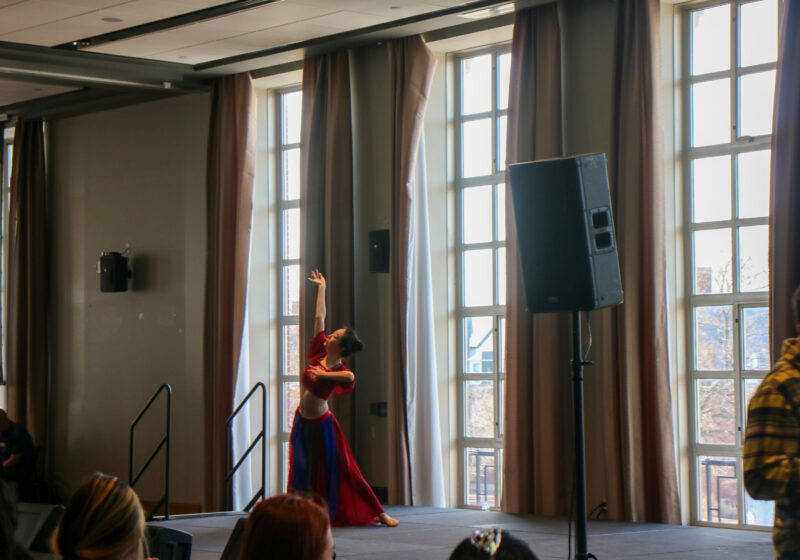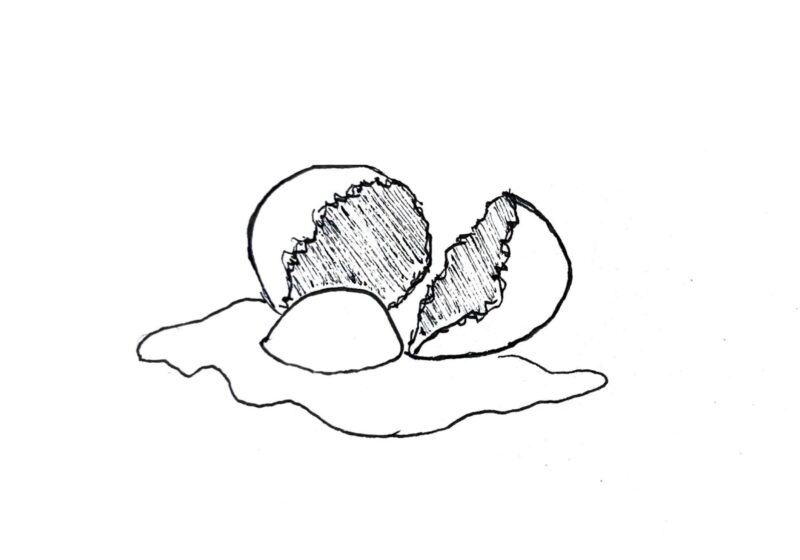First-semester first-years are restricted in the amount of credits they can take, presumably in some sort of effort to prevent burnout. But a 16 credit schedule for a STEM major can look significantly more packed than one for a humanities or social science major. Between all the labs, lab lectures, recitations, and workshops, there seems to be an imbalance in how credits are awarded.
As a STEM major, I’m inclined to believe that STEM classes should count for more credits. More commitment is required — a single STEM class comes with, at least, a recitation. I remember making my schedule thinking, “This won’t be too bad. I only have to take two classes each day for four days a week!” As it turns out, I need to sign up for a few recitations a week or two after classes start, and with each recitation around the same time as a lecture, I will have to learn to balance a more fervent schedule than a humanities/social science major, while acquiring just the same amount of credits. However, I will attest to the fact that STEM takes a different route of thinking than humanities or social science. I take a philosophy and writing class following my two main STEM courses that occupy the majority of my time. Both classes are intense work-filled classes, but are different than my mechanics or calculus classes do.
When completing assignments for STEM classes, there are worksheets, lecture notes, or problem sets. Humanities and social science classes, however, typically follow the structure of assigned readings and papers. Because of this, the work process would be approached differently with such assignments. The work STEM majors need to complete requires the accumulation of learning steps and understanding the foundation of whatever class may be the beginning of such a sequence: for instance, Calculus 1, Biology, or Physics. Once the basis is understood, STEM classes later require applying the foundation of knowledge to new theories and solving new problems. Although that is a difficult course of work to follow, humanities and social science classes follow just as difficult coursework: hours of reading, writing, and finalizing. When working on a problem set, a STEM major can work back and forth while not necessarily solving all the problems in one sitting. Humanities and social science majors follow the process of writing and reading for hours, having to come to a stop before concluding work for that moment.
Although STEM major schedules do take more of a commitment, the classes follow a different workload, which may even be arguably just as difficult as a STEM workload. Objectively, most students view STEM workloads to be more difficult, which is understandable, but I find both humanities and social science to be as difficult as STEM. The workload can vary, but the greatest difference between both categories of majors is the amount of classes needed to be taken and committed to. The amount of credits gained from STEM and non-STEM do not need to vary due to the fact that recitations, workshops, and lab lectures are all classes that just assist students in their endeavors relating to the class. The workload for STEM and non-STEM majors is quite different, to the extent where a comparison of what is more difficult is impossible to make.
First semester first-year students will always feel a schedule is packed. I say that the same credits should be handed to everyone.






